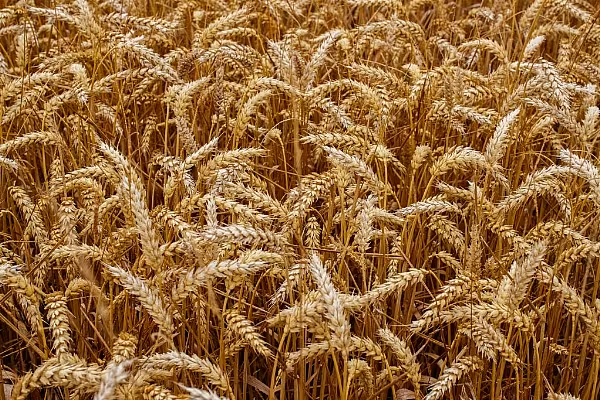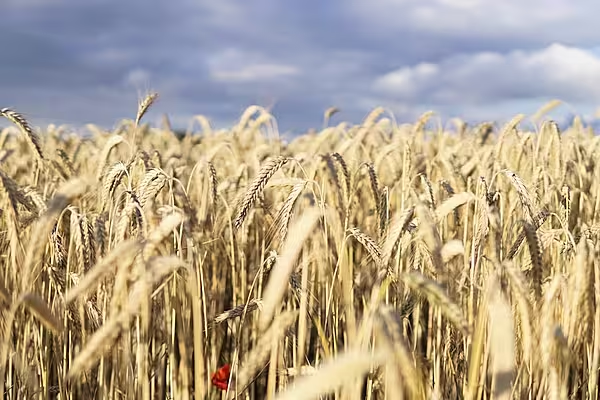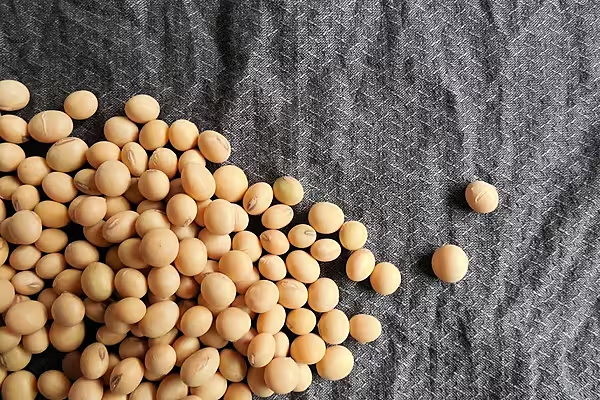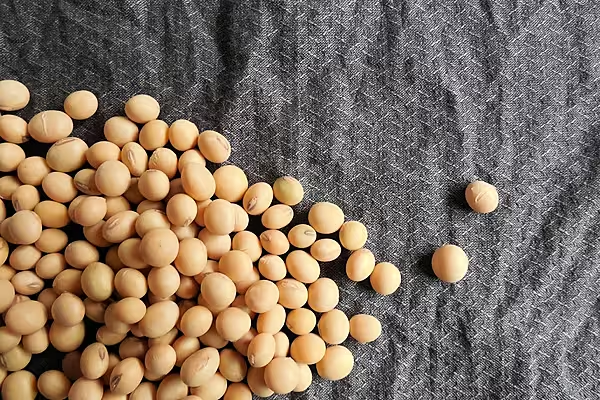Eighteen months after drought ravaged Australian farms, grain growers are on course to harvest a second consecutive bumper crop as global wheat prices hover near eight-year highs.
The agricultural revival has underpinned a dramatic increase in rural land prices, although the exuberant market is straining pandemic-hit supply chains hit by machinery and worker shortages ahead of the harvest window that opens next month.
"We're confident here of a good harvest but there are challenges," said Tracy Blackburn, who helps run an agricultural operation that includes wheat in central New South Wales.
"Demand for equipment is absolutely red hot; there's a horrendous waiting time."
Record-Breaking Harvest
Australian forecasters last week upgraded wheat production targets to 32.6 million tonnes for the season ending 30 June 2022, which would make it second only to last season's record-breaking harvest of the country's most valuable crop.
On current projections, Australia would cement its position as a top four global wheat exporter, but could overtake the United States and Ukraine to become the second biggest after Russia if there are further upgrades.
The Australian harvest will be powered by the two major grain-growing states, Western Australia and New South Wales, where excellent planting conditions have generally been complemented by follow-up rains, according to government forecaster ABARES.
Wheat prices, which last month climbed to their highest level in more than eight years, have been supported by a squeeze on global supplies caused by dry conditions in major grain-growing areas such as Canada’s western crop belt, where soaring temperatures have combined with sparse rains.
Risks Loom
The upbeat outlook for Australian farms represents a remarkable turnaround from three years of crippling drought that only subsided early last year.
The farm machinery industry is on track to sell in excess of 16,000 new tractors this calendar year, which would be a record.
Gary Northover, executive director at Tractor and Machinery Association of Australia, said demand was so strong that there were now long delays in getting new equipment into Australia from the main tractor suppliers in Europe, US and Japan.
"If you wanted to order a tractor today, in some lines you might not see it for up to 12 months," said Northover, adding that the COVID-19 pandemic had also disrupted shipping schedules.
The demand has had a knock-on effect in the second-hand market where farmers are scrambling to secure machinery.
"The price of used is not far off the price of some of the new machines. As we head into harvest people are going to be desperate to get their hands on anything that works."
There are also looming worker shortages, given many farms usually rely on overseas workers who have been unable to travel during the pandemic.
ABARES also notes that a mouse plague in some regions could lead to localised crop losses.
The anticipated strong harvest, which is expected to be replicated with other grains including canola, is scheduled to arrive just when the country needs it.
Australia's A$2 trillion ($1.5 trillion) economy, surging only months ago, is at risk of slipping into a second recession in as many years after its two largest cities entered extended lockdowns to curtail the spread of COVID-19.
Agricultural Production Forecast
The gross value of Australia's agricultural production is forecast to reach a record A$73 billion in 2021/22, according to ABARES.
Farmers are also enjoying strong increases in land values, with Australian farm prices rising for a sixth straight year in 2020, which is a near-record streak.
Wes Lefroy, senior agribusiness analyst at Rabobank, said land prices rose even during the drought, particularly in grazing regions where producers sourced more grass.
"The fact we have roared out of this drought so strongly has supported the appetite of buyers to keep on expanding and alleviated any potential drought hangover," Lefroy said.
News by Reuters, edited by ESM. For more Supply Chain news, click here. Click subscribe to sign up to ESM: European Supermarket Magazine.














